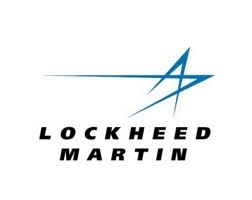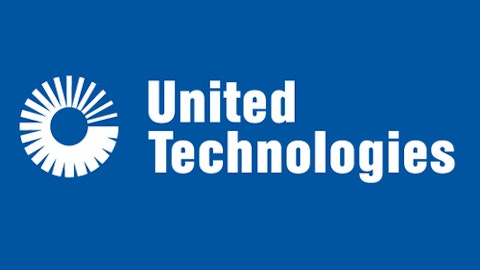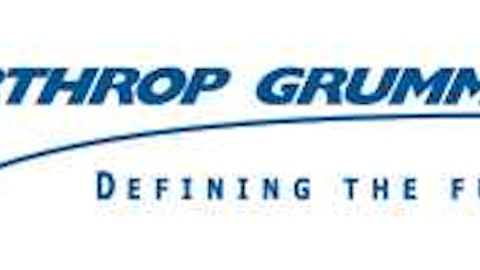Due to the Budget Control Act of 2011, more commonly known as sequestration, military spending is declining. Despite this decline, U.S. defense-related spending is well above $1 trillion with all of the largest programs having material accounting weaknesses according to their auditors. The three largest defense-related areas in the U.S. budget are:
- Department of Defense, or DoD – $574 billion in fiscal 2013 (including sequestration of $40 billion);
- Veterans spending – $140 billion;
- Homeland security – $55 billion.

Costs
As seen from the table below, Lockheed Martin Corporation (NYSE:LMT), General Dynamics Corporation (NYSE:GD) and Raytheon Company (NYSE:RTN) are improving their margins, while their sales are stagnant or declining. Also, the earnings per share are significantly better for Lockheed Martin Corporation (NYSE:LMT) and Raytheon due to their improved profitability and share buybacks (discussed later). In terms of employees, all three companies are reducing the number of their employees with the trend continuing into 2013. In addition, as these companies expand into emerging markets, it is likely that their dependence on the U.S. workforce will decline.
Spending on research and development is little changed from year to year among the three companies. The basics of flying a fighter jet or intercepting a missile do not change that much. A large portion of each company’s research and development, usually for more advanced technologies, is included in the cost of each contract with the DoD.
In addition to controlling labor and direct research and development costs well, each company is actively improving its other operations. For example, Lockheed Martin Corporation (NYSE:LMT) is working in a partnership with Northrop Grumman on a number of missiles and radars under a jointly held company, Longbow. Also, Lockheed Martin Corporation (NYSE:LMT) and Raytheon have teamed up to provide low-cost counter-rocket defense options. These partnerships allow each company to access the other ones knowledge and experience without investing individually in developing them on their own.
In addition, Lockheed Martin Corporation (NYSE:LMT) runs an independent innovation team, with a more flexible budget but more clear results, under the Skunk Works name. And General Dynamics Corporation (NYSE:GD) recently consolidated its OTS (ordinance and tactical systems) and ATP (armament and technical products) businesses into one division, while Raytheon consolidated its operations from six to four segments.
| LMT | GD | RTN | |
| Operating margin Q2 ’13 vs. Q2 ’12 | 11.4% vs. 10% | 12.2% vs. 12.1% | 12.5% vs. 12.4% |
| Earnings per share Q2 ’13 vs. Q2 ’12 | $2.64 vs. $2.38 | $1.77 vs. $1.81 | $1.50 vs. $1.41 |
| Sales Q2 ’13 vs. Q2 ’12 | $11.4B vs. 11.9 | $7.9B vs. 7.9 | $6.1B vs. 6.0 |
| Employees at the end of ’12 vs. ’11 | 120K vs. 123K | 92.2K vs. 95.1K | 67.8K vs. 71K |
| R&D % of revenues ’12 vs. ’11* | 1.3% vs. 1.3% | 1.7% vs. 1.7% | 2.9% vs. 2.5% |
* Company-sponsored. Source: SEC filings.
Driven by international and commercial advances
International sales are rising among the three companies (as well as non-defense sales). Lockheed Martin generated 17% of its 2012 sales from international sources and its goal is this number to reach 20% by the end of 2013. Similarly, General Dynamics Corporation (NYSE:GD) derived 21% from international sources (8% defense and 13% commercial) in 2012 up from 19% in 2011. And finally, Raytheon international sales in the first half of 2013 were 27% up from 25% during the same period in 2012.




